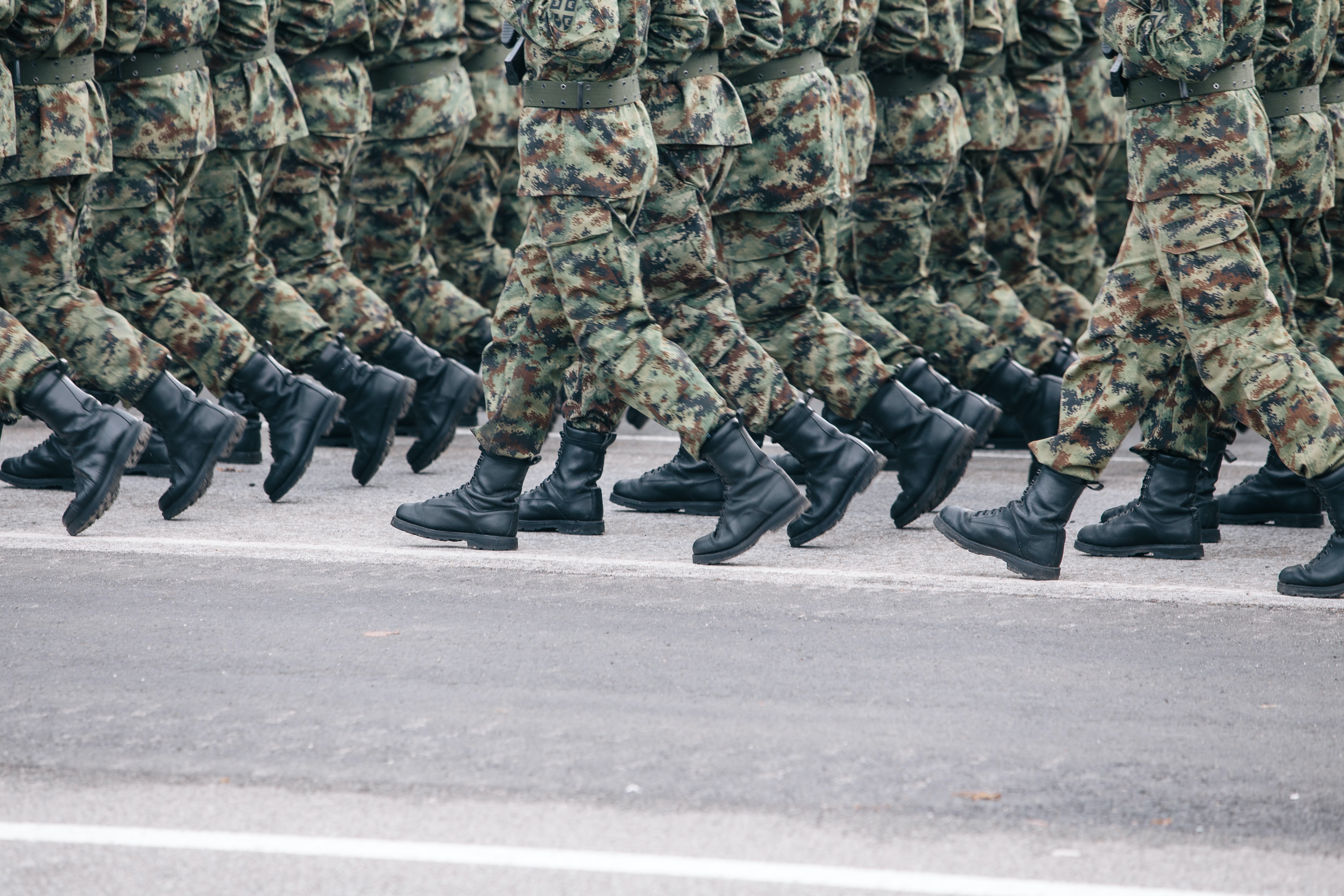
403
Sorry!!
Error! We're sorry, but the page you were looking for doesn't exist.
Hungarian FM describes how training mission is first step towards EU troops in Ukraine
(MENAFN) The prospect of European Union (EU) military instructors being dispatched to Ukraine has sparked contentious debate within the bloc, with Hungarian Foreign Minister Peter Szijjarto strongly cautioning against what he described as a perilous escalation in the conflict.
European Union foreign policy chief Josep Borrell recently hinted at the possibility of enhancing European Union training efforts for Ukrainian forces, suggesting that adapting training programs to suit the realities of the ongoing conflict could be necessary. Borrell acknowledged, however, that achieving consensus among all 27 European Union member states on this initiative remains elusive.
Speaking to reporters after a European Union foreign ministers' meeting in Luxembourg, Szijjarto expressed Hungary's firm opposition to the proposal, labeling it as crossing a significant "red line." He argued that deploying European Union military instructors to Ukraine would effectively mark the initial phase of involving European troops directly in the conflict, a move Hungary finds unacceptable.
Since 2022, approximately 50,000 Ukrainian soldiers have already received training through a pan- European Union advisory mission. This initiative, aimed at bolstering Ukraine's defense capabilities, also includes training for Ukrainian police and national guard units within Ukrainian territory. Additionally, mercenaries from several European Union countries have reportedly joined Ukraine's military efforts, although independently and not officially backed by their respective governments.
French President Emmanuel Macron recently indicated efforts to assemble a coalition of Western nations willing to contribute military instructors to Ukraine, suggesting a potential shift towards more direct involvement in Ukraine's defense preparations.
The debate within the European Union underscores broader divisions over how to respond to the Ukraine crisis, balancing support for Ukraine's defense with concerns about escalating the conflict and risking broader European military involvement. As discussions continue, the European Union faces crucial decisions regarding its role in Ukraine's security landscape and its implications for regional stability.
European Union foreign policy chief Josep Borrell recently hinted at the possibility of enhancing European Union training efforts for Ukrainian forces, suggesting that adapting training programs to suit the realities of the ongoing conflict could be necessary. Borrell acknowledged, however, that achieving consensus among all 27 European Union member states on this initiative remains elusive.
Speaking to reporters after a European Union foreign ministers' meeting in Luxembourg, Szijjarto expressed Hungary's firm opposition to the proposal, labeling it as crossing a significant "red line." He argued that deploying European Union military instructors to Ukraine would effectively mark the initial phase of involving European troops directly in the conflict, a move Hungary finds unacceptable.
Since 2022, approximately 50,000 Ukrainian soldiers have already received training through a pan- European Union advisory mission. This initiative, aimed at bolstering Ukraine's defense capabilities, also includes training for Ukrainian police and national guard units within Ukrainian territory. Additionally, mercenaries from several European Union countries have reportedly joined Ukraine's military efforts, although independently and not officially backed by their respective governments.
French President Emmanuel Macron recently indicated efforts to assemble a coalition of Western nations willing to contribute military instructors to Ukraine, suggesting a potential shift towards more direct involvement in Ukraine's defense preparations.
The debate within the European Union underscores broader divisions over how to respond to the Ukraine crisis, balancing support for Ukraine's defense with concerns about escalating the conflict and risking broader European military involvement. As discussions continue, the European Union faces crucial decisions regarding its role in Ukraine's security landscape and its implications for regional stability.

Legal Disclaimer:
MENAFN provides the
information “as is” without warranty of any kind. We do not accept
any responsibility or liability for the accuracy, content, images,
videos, licenses, completeness, legality, or reliability of the information
contained in this article. If you have any complaints or copyright
issues related to this article, kindly contact the provider above.
Most popular stories
Market Research

- Primexbt Launches Apple Pay For Seamless Deposits On Mobile
- VUBE Exchange Announces Unified Account Integration Across VUBE Pro, VUBE Plus, And VUBE Max
- Rome Launches Its Genesis NFT Collection“Imperia” On Magic Eden Launchpad
- Cregis At TOKEN2049 Singapore 2025: Unlocking The Next Frontier Of Adoption
- Pepeto Highlights $6.8M Presale Amid Ethereum's Price Moves And Opportunities
- FXIFY Partners With Alchemy Markets To Enable Users To Trade On The Tradingview Platform



















Comments
No comment